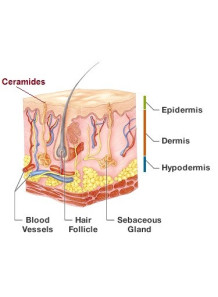Ceramide 3 (Ceramide NP, N-stearoyl-phytosphingosine)
Cosmetics
Code: 239133
Ceramide 3 (Ceramide NP, N-stearoyl-phytosphingosine type) - High purity powder ceramide (>90%) equivalent to Croda Y3S or Evonik Ceramide III. Superior barrier reinforcement.
Cart
No products
Subtotal:
0.00
Total
0.00
THB



